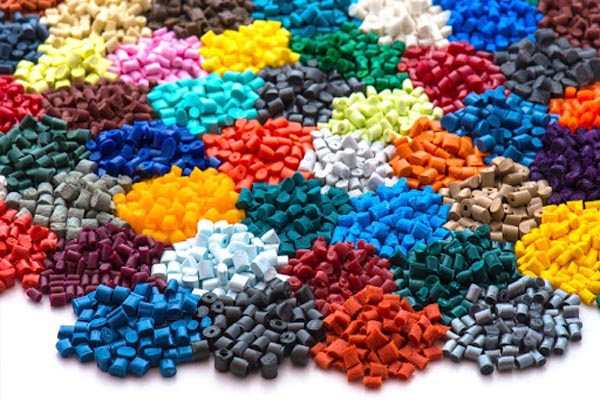Sulphur is a nonmetallic chemical element belonging to the oxygen group (Group 16 [VIa] of the periodic table), one of the most reactive of the elements. Pure sulfur is a tasteless, odorless, brittle solid that is pale yellow in color, a poor conductor of electricity, and insoluble in water. It reacts with all metals except gold and platinum, forming sulfides; it also forms compounds with several nonmetallic elements. Millions of tons of sulfur are produced each year, mostly for the manufacture of sulfuric acid, which is widely used in industry.
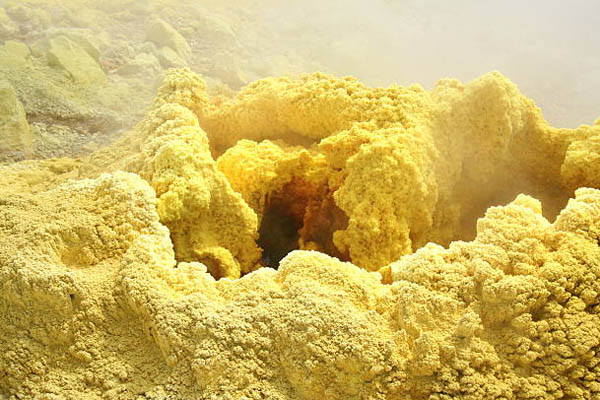

Sulfur is the tenth most common element by mass in the universe, and the fifth most common on Earth. Though sometimes found in pure, native form, sulfur on Earth usually occurs as sulfide and sulfate minerals. Being abundant in native form, sulfur was known in ancient times, being mentioned for its uses in ancient India, ancient Greece, China, and Egypt. Sulfur occurs in the uncombined state as well as in combination with other elements in rocks and minerals that are widely distributed.
On the basis of the finding that certain meteorites contain about 12 percent sulfur, it has been suggested that deeper layers of Earth contain a much larger proportion. Seawater contains about 0.09 percent sulfur in the form of sulfate. In underground deposits of very pure sulfur that are present in domelike geologic structures, the sulfur is believed to have been formed by the action of bacteria upon the mineral anhydrite, in which sulfur is combined with oxygen and calcium.
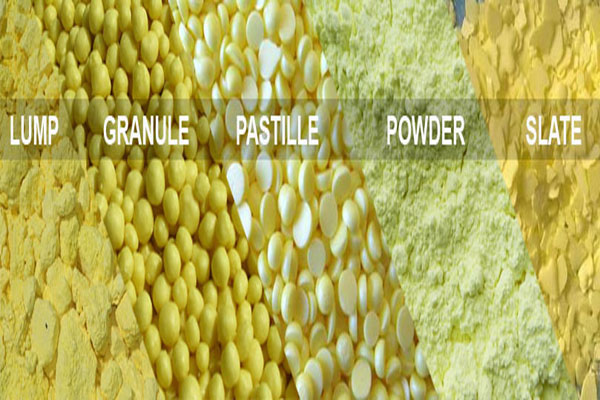
Bitumen is composed of complex hydrocarbons and contains elements such as calcium, iron, sulfur, and oxygen. The quality of material and ease of production depends on the source and type of crude oil it is derived from.
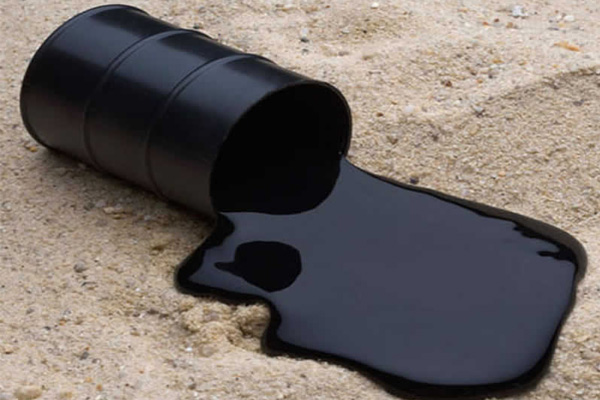
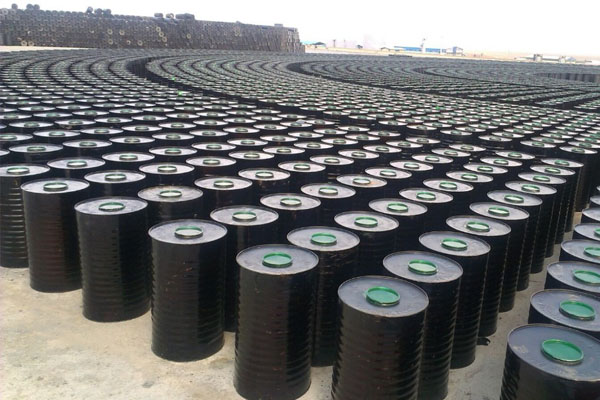
Bitumen is generally for industry use. The substance was first used for its natural adhesive and waterproofing characteristics, helping to bind building materials together, as well as to line the bottoms of ships. It has also been used in the past as a medicine.
Nowadays, the material is used most often in road paving. The majority of U.S. roads are made of either bitumen or a combination of bitumen and aggregates, such as concrete. A key benefit, other than its adhesive and waterproofing qualities, is that engineers replacing asphalt roads can reuse the material on other road projects. Bitumen is also commonly used by manufacturers in the creation of roofing products.
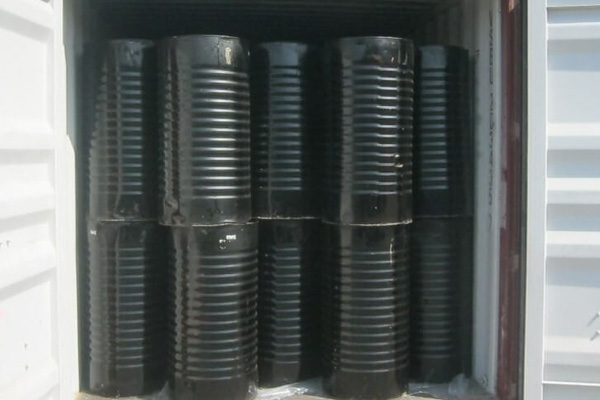
Dimethyl Terephthalate (DMT) is primarily used in the manufacture of polyethylene terephthalate (PET) for fiber, film, container plastics, and specialty plastics applications.
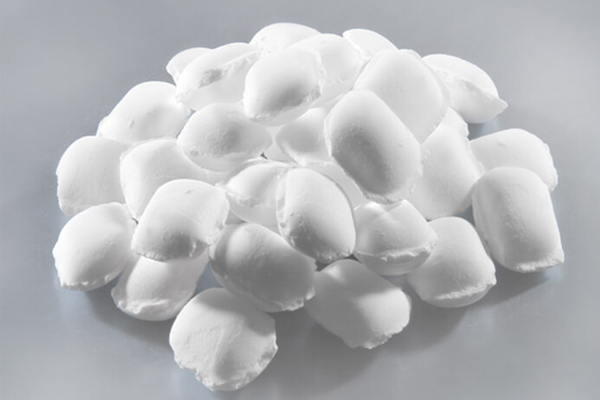
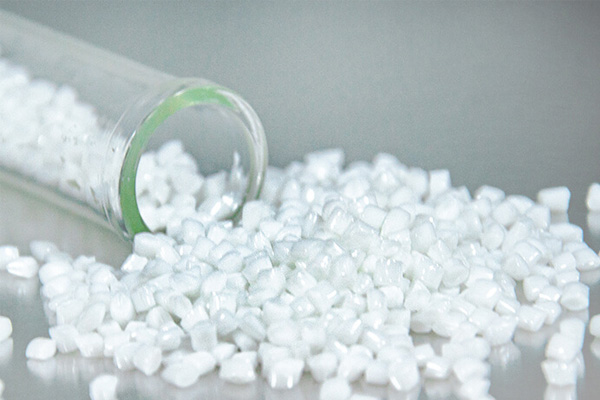
The largest polyester sector is the fibers market where it is used to make clothes, home textiles such as sheets and curtains, carpets and rugs, and industrial products such as tyre cord, seat belts, hoses and ropes. Globally, this sector is growing at around 5%/year but with nearly all the growth in Asia at the expense of Europe and North America.
DMT can be used in engineering resins, such as polybutylene terephthalate (PBT), which is experiencing growth above GDP levels. For film applications, DMT can be preferred due to its adhesion addition quality.
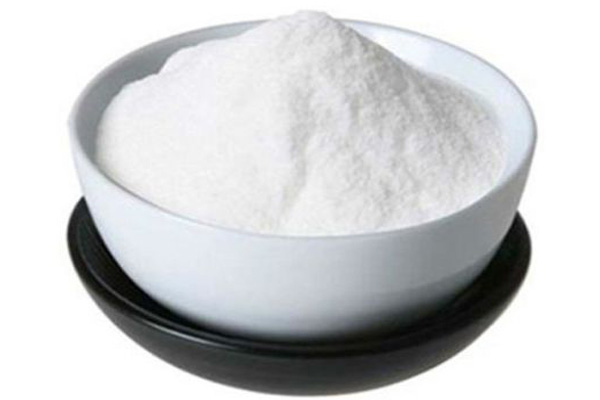
Bauxite is a rock formed from a reddish clay material called laterite soil and is most commonly found in tropical or subtropical regions. Bauxite is primarily comprised of aluminum oxide compounds (alumina), silica, iron oxides and titanium dioxide. Approximately 70 percent of the world’s bauxite production is refined through the Bayer chemical process into alumina. Alumina is then refined into pure aluminum metal.
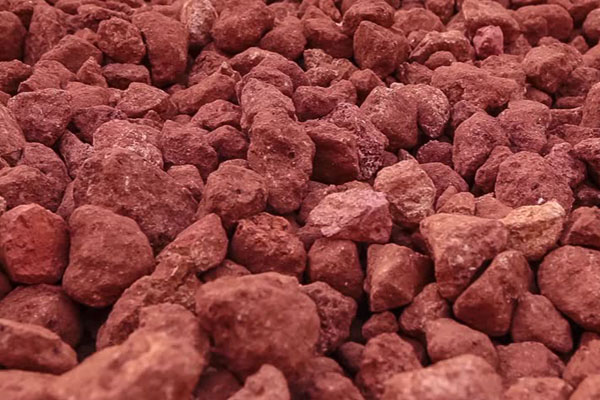
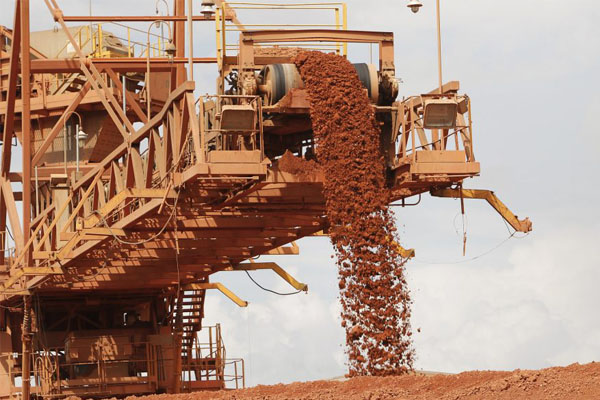
Bauxite is usually found near the surface of terrain and can be strip-mined economically. The industry has taken a leadership role in environmental conservation efforts. When the land is cleared prior to mining, the topsoil is stored so it can be replaced during rehabilitation. During the strip-mining process, bauxite is broken up and taken out of the mine to an alumina refinery. Once mining is complete, the topsoil is replaced and the area undergoes a restoration process.
More than 160 million metric tons of bauxite are mined each year. The leaders in bauxite production include Australia, China, Brazil, India and Guinea. Bauxite reserves are estimated to be 55 to 75 billion metric tons, primarily spread across Africa (32 percent), Oceania (23 percent), South America and the Caribbean (21 percent) and Asia (18 percent).
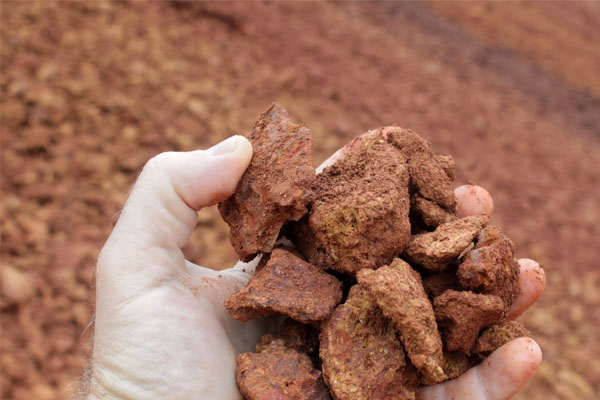
PE 100 Black is a High-Density Polyethylene, black colored resin. The product is classified as PE 100 and provides excellent environmental stress crack resistance properties (ESCR) combined with very good long term hydrostatic strength. It has very high impact and stiffness properties.
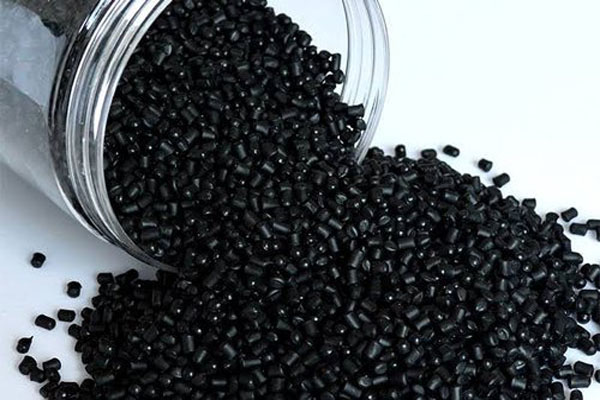
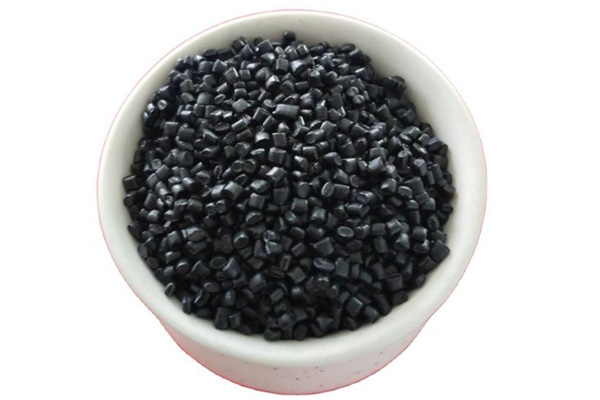
PE 100 polyethylene pipes are one of the novelist and best type of polyethylene materials which possess unique physical and operational properties that is capable of enduring more pressure due to more density and less weight and thickness. PE100 polyethylene actually fixes the problem with the polyethylene pipes and connections due to its anti-UV property.
The polyethylene pipes produced with PE100 grade materials are relatively lighter and stronger than the other grades of polyethylene materials and therefore are cost effective as well, a polyethylene pipe produced with these materials will be lighter than the same pipe with lower grade materials.
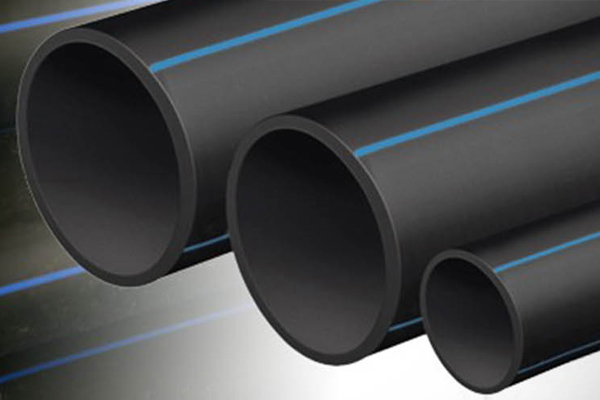
HDPE (High Density Polyethylene): One of the newest types of plastics, HDPE was first created in the 1950s by Karl Ziegler and Erhard Holzkamp. HDPE is the most commonly recycled plastic and is usually deemed safe for food contact by the FDA. Because of its internal structure, HDPE is much stronger than PET, and can be reused safely. It can also be used for items that will be stored or used outdoors, because it does well in both high and freezing temperatures.


HDPE products have a very low risk of leaching into foods or liquids. You’ll find this plastic in milk jugs, yogurt tubs, cleaning product containers, body wash bottles and similar products. Many children’s toys, park benches, planting pots, and pipes are also made from HDPE. Recycled HDPE is made into pens, plastic lumber, plastic fencing, picnic tables and bottles.
TLDPE (Low-Density Polyethylene): LDPE has the simplest structure of all the plastics, making it easy to produce. That’s why it’s mostly used for many types of bags. A very clean and safe plastic, LDPE is also found in household items like plastic wrap, frozen food containers and squeezable bottles. More recycling programs are beginning to accept LDPE plastics, but it’s still quite difficult to recycle. Recycled LDPE is made into such items as garbage cans, paneling, furniture, flooring and bubble wrap.
